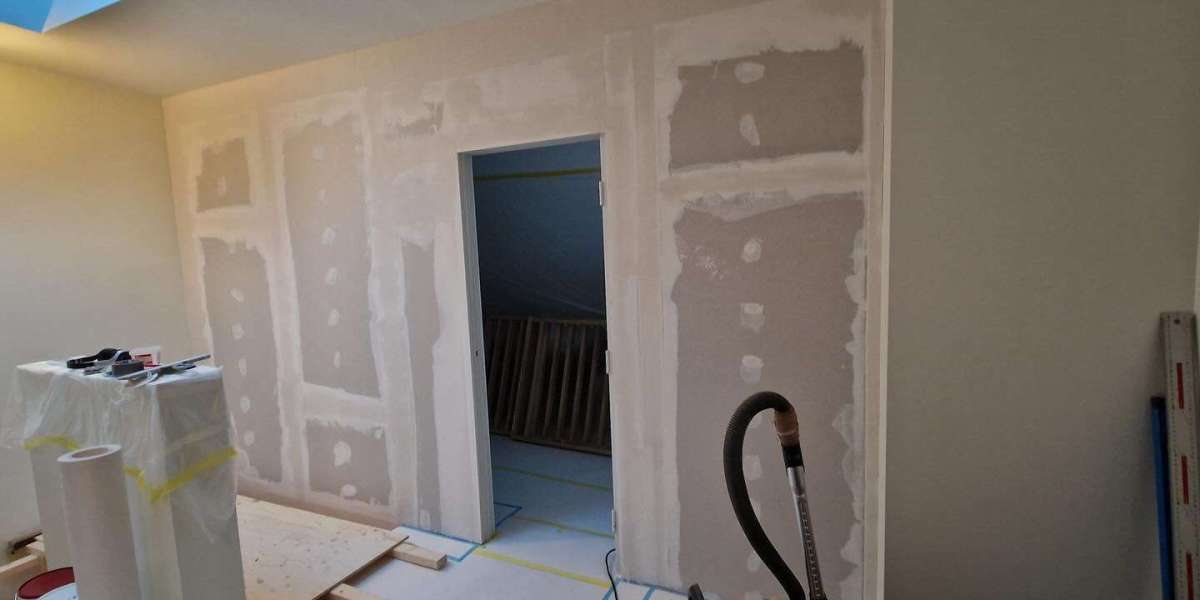
Hair loss is a common concern affecting millions globally, prompting individuals to seek effective solutions. Among the various treatments available, Platelet-Rich Plasma (PRP) therapy has emerged as a promising option for combating hair thinning and promoting regrowth. This article explores the ins and outs of Hair PRP treatment, its benefits, and what you can expect from the procedure.
What is PRP Therapy?
Platelet-Rich Plasma (PRP) therapy is a medical procedure that utilizes the patient’s own blood to stimulate hair growth. The process begins with a blood draw, which is then processed in a centrifuge to separate the platelet-rich plasma from other blood components. This PRP, rich in growth factors, is subsequently injected into the scalp where hair thinning or loss is occurring.
How Does PRP Therapy Work?
PRP therapy harnesses the regenerative properties of platelets to enhance hair growth. Platelets are blood components that play a crucial role in healing and regeneration by releasing growth factors that encourage cell proliferation and tissue repair. When injected into the scalp, these growth factors help to rejuvenate hair follicles, improve blood supply, and create a more favorable environment for hair growth.
Benefits of PRP Therapy
Natural Treatment: Since PRP therapy uses the patient’s own blood, it minimizes the risk of allergic reactions or adverse effects commonly associated with synthetic substances.
Non-Surgical: PRP is a minimally invasive procedure that does not require surgical intervention. This makes it a suitable option for individuals seeking a less intrusive approach to hair restoration.
Effective for Various Types of Hair Loss: PRP therapy has been shown to be effective in treating different types of hair loss, including androgenetic alopecia (pattern baldness) and telogen effluvium (temporary hair loss).
Minimal Downtime: The procedure typically involves minimal recovery time, allowing patients to resume their normal activities shortly after the treatment.
What to Expect During the Procedure
The PRP therapy process is relatively straightforward. Here’s a step-by-step overview of what to expect:
Consultation: Before the procedure, a thorough consultation with a healthcare provider or specialist is essential. This allows for an assessment of hair loss severity and determination of suitability for PRP therapy.
Blood Draw: A small amount of blood is drawn from the patient’s arm. This blood is then processed in a centrifuge to concentrate the platelets.
Preparation of PRP: The centrifuged blood separates into different layers, with the platelet-rich plasma extracted for use in the treatment.
Injection: The PRP is injected into the scalp at the areas of hair thinning. This is done using a fine needle and typically takes about 30 to 60 minutes.
Post-Treatment Care: After the procedure, patients may experience mild discomfort or redness at the injection sites. These symptoms generally resolve within a few hours to a couple of days.
Results and Considerations
PRP therapy is not a one-time solution but rather a series of treatments. Most patients undergo a series of sessions spaced several weeks apart. While some notice improvements after the first session, optimal results typically become visible after three to six months of treatment. It’s important to manage expectations and understand that PRP therapy works best as part of a comprehensive hair restoration plan.
Conclusion
Platelet-Rich Plasma (PRP) therapy represents a significant advancement in the field of hair restoration. By leveraging the body’s natural healing mechanisms, PRP therapy offers a non-surgical and minimally invasive option for addressing hair loss. If you’re considering this treatment, consult with a qualified specialist to determine if PRP therapy aligns with your hair restoration goals and to develop a tailored treatment plan.




